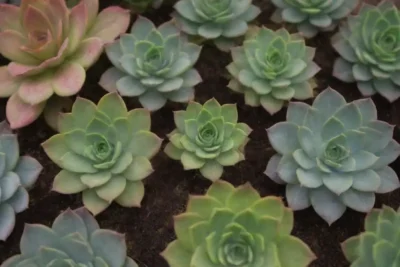
Cultivating Knowledge: Succulents in Botanical Educational Programs

Introduction
In recent years, the fascination with succulents, those captivating plants with thick, fleshy tissues that store water, has surged among gardening enthusiasts and educators alike. These hardy plants, known for their stunning diversity in shapes, sizes, and colors, present opportunities not only for aesthetic enjoyment but also for educational exploration. As educators look for innovative ways to engage students in the sciences, succulents serve as excellent tools for teaching various concepts in botany, ecology, and sustainability. This article delves into the multifaceted role that succulents play in botanical educational programs, exploring their ecological significance, their use in hands-on learning experiences, and the broader implications for promoting environmental awareness and stewardship.
The purpose of this article is to highlight how integrating succulents into botanical education can enhance understanding of various scientific principles while fostering a sense of wonder and respect for the natural world. By examining the attributes of succulents, their ecological roles, and the ways they can be utilized in teaching, we aim to illustrate a compelling case for their inclusion in curricula across educational settings.
The Ecological Significance of Succulents
Succulents, adapted to arid environments, offer valuable insights into adaptation and survival in challenging conditions. As educators introduce students to these highly specialized plants, they open doors to discussions around the intricate relationships between plants and their environments. This leads students to understand core ecological concepts such as photosynthesis, water conservation, and climate adaptation.
One of the key features of succulents is their ability to store water in their leaves, stems, and roots. This adaptation allows them to thrive in dry, harsh climates where most plants would struggle to survive. By examining the structure of succulent plants, students can learn about morphology and how specific adaptations aid in water retention and nutrient acquisition. For instance, plants like the Echeveria and Aloe species display modified leaf structures that not only reduce water loss through transpiration but also enhance their ability to capture solar energy. Students can engage in hands-on activities by dissecting various succulent specimens, allowing them to observe these anatomical features up close.
Additionally, succulents serve as excellent examples when discussing ecological interactions, such as pollination, seed dispersal, and their roles in local ecosystems. These plants often attract unique pollinators, including bees, butterflies, and other insects that rely on nectar or pollen. This interaction provides an opportunity for students to explore the essential concepts of mutualism and ecosystem services, which are foundational in understanding ecological balance. By observing local succulent species and their interactions with pollinators, students can cultivate a deeper respect for the interconnectedness of life forms within ecosystems.
Hands-On Learning Experiences
Incorporating succulents into educational programs paves the way for a range of hands-on learning experiences that cater to various learning styles. Practical engagement is essential for solidifying knowledge, and the tactile nature of working with plants allows for active participation. Planting, propagating, and caring for succulents can be integrated into lessons about plant life cycles, growth conditions, and general gardening skills.
One effective way to involve students is through propagation workshops, where learners can explore the various techniques used to multiply succulent plants. Stem cuttings, leaf propagation, and division techniques can be demonstrated, enabling students to experience firsthand how new plants can be generated from parent specimens. This activity not only reinforces botanical knowledge but also encourages responsibility and stewardship as students care for their young plants. Throughout the process, discussions can revolve around essential requirements for growth such as light, soil composition, and watering schedules, therefore emphasizing the importance of environmental conditions for plant health.
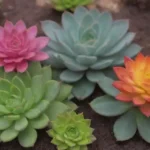 The Interaction Between Succulents and Indigenous Planting Practices
The Interaction Between Succulents and Indigenous Planting PracticesAdditionally, succulents can be utilized in creating biodiversity displays and themed gardens in schoolyards. Collaborating on a school garden project incorporates not only the planting and maintenance of succulents but also designing the layout and understanding the purpose of each plant within the ecosystem. Learning about which succulents thrive together reinforces concepts about inter-species relationships while allowing students to witness the results of their efforts. These projects are particularly beneficial because they foster teamwork, improve social skills, and create a sense of community ownership—an invaluable lesson for students as they venture into adulthood.
Promoting Environmental Awareness and Stewardship
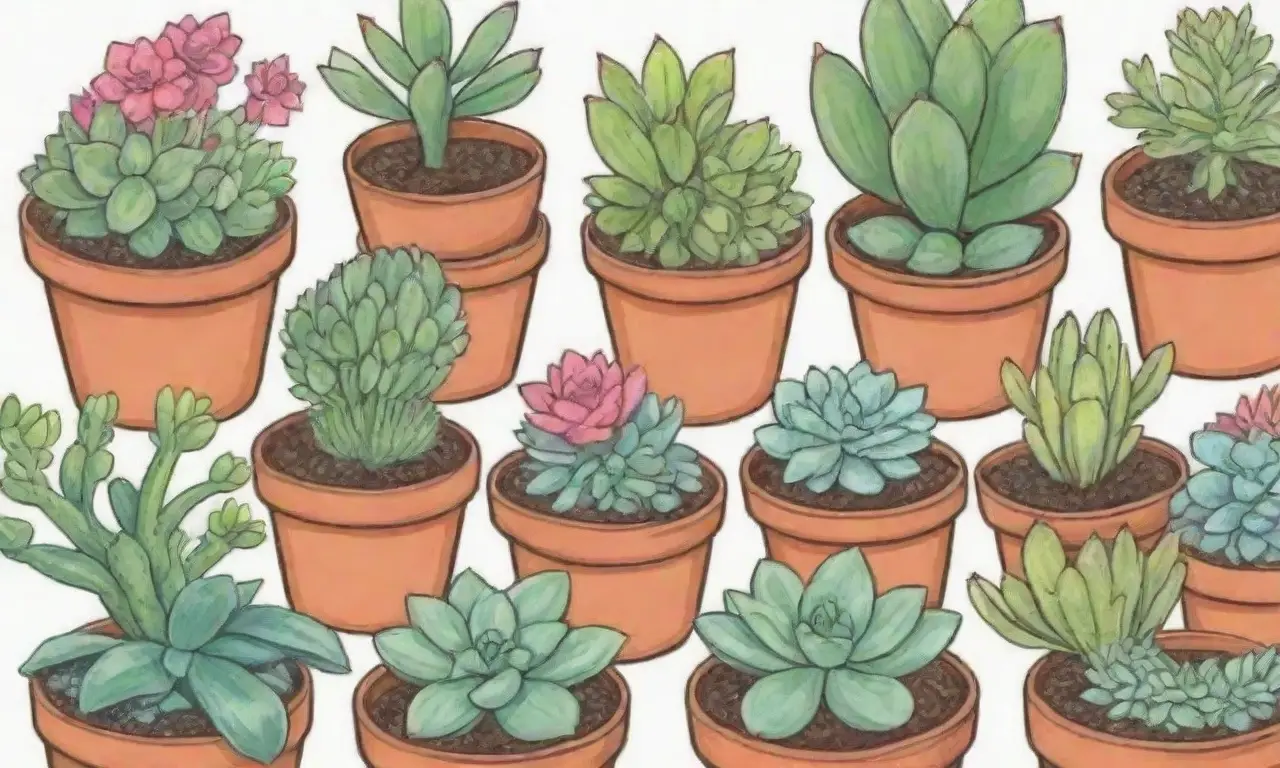
Succulents present an exciting opportunity to discuss broader themes of environmental awareness and sustainability within educational programs. Given that many succulent species are endemic to regions facing threats from climate change and habitat loss, discussions surrounding succulents can encourage students to consider the implications of their choices on ecosystem health.
By emphasizing the resilience of succulents and their adaptations to climate variability, educators can lead discussions about climate adaptation strategies. Students can explore concepts like sustainable living, conservation methods, and how to select native and drought-tolerant plants for gardening. Engaging learners in debates or projects related to climate change can help them understand the urgency of conservation efforts. For instance, students could explore how urban environments can incorporate native succulents into landscape designs, reducing the need for water-heavy landscaping while preserving local habitats.
Furthermore, integrating succulents into lessons about biodiversity conserves meaningfully relatable content. Students can investigate the flora of their own region and develop an appreciation for native succulent varieties. Learning about the specific ecological niches these plants fill can provoke interest in conservation efforts and inspire students to engage in hands-on action, such as plant swaps or promoting local initiatives aimed at preserving native species and restorative planting projects.
Conclusion
Incorporating succulents in botanical educational programs encompasses more than just teaching plant biology—it's about cultivating curiosity, fostering hands-on experiences, and instilling a sense of responsibility toward our environment. Through the study of succulents, students can not only gain essential knowledge about plant adaptations, ecological systems, and sustainable practices but also develop a deeper connection to the natural world.
The educational benefits of succulents are manifold, effectively bridging lessons in science with real-life applications. As students engage with succulents, they become active participants in their learning, transforming traditional educational paradigms into dynamic environments that promote inquiry and exploration. By nurturing a love for plants, particularly succulents, educators can inspire the next generation to become stewards of the environment, equipped with the knowledge and passion needed to confront the challenges we face.
 Ancient Cultures and Their Relationship with Succulent Plants
Ancient Cultures and Their Relationship with Succulent PlantsThrough thoughtful integration of succulents into educational curriculums, we have the potential to cultivate not just knowledge, but also a lifelong commitment to understanding and preserving our environment. With their unique adaptations and resilience, succulents offer a brilliant gateway to discussions that matter in today’s world. As educational programs continue to evolve, recognizing the power of plants to teach can lead to a brighter, more informed future for all.
If you want to read more articles similar to Cultivating Knowledge: Succulents in Botanical Educational Programs, you can visit the Succulent history category.


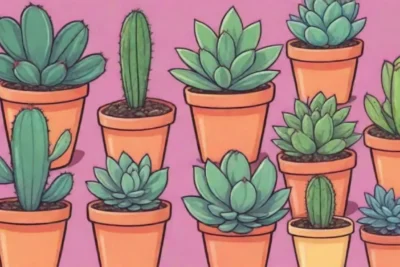
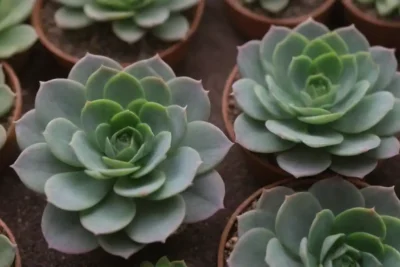
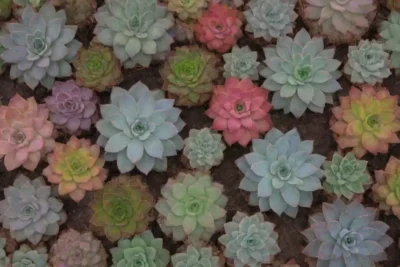
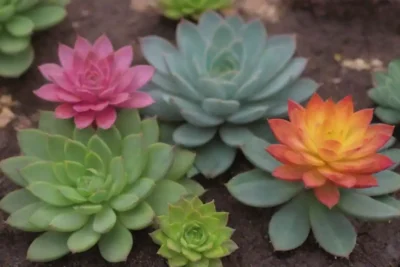
You Must Read